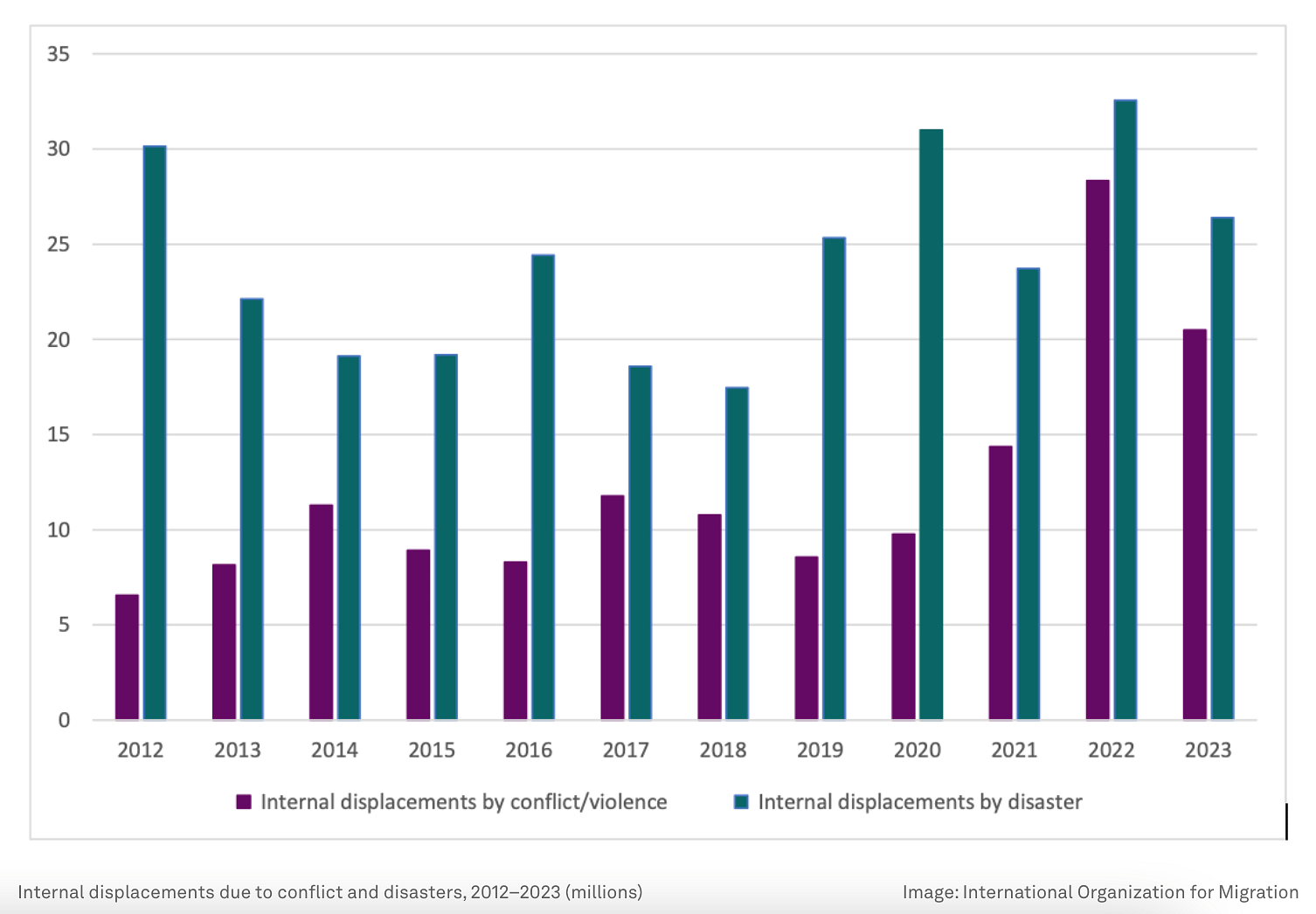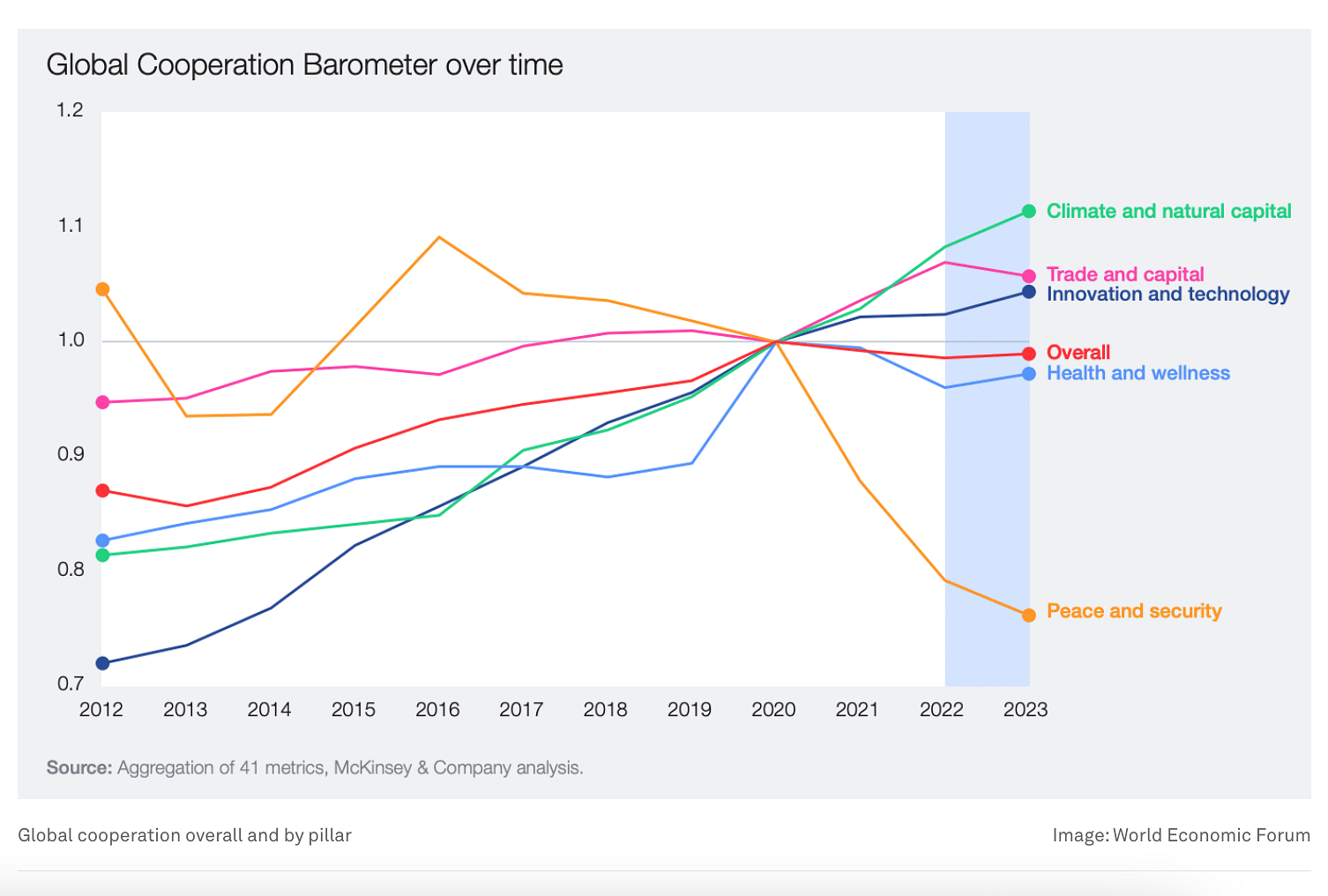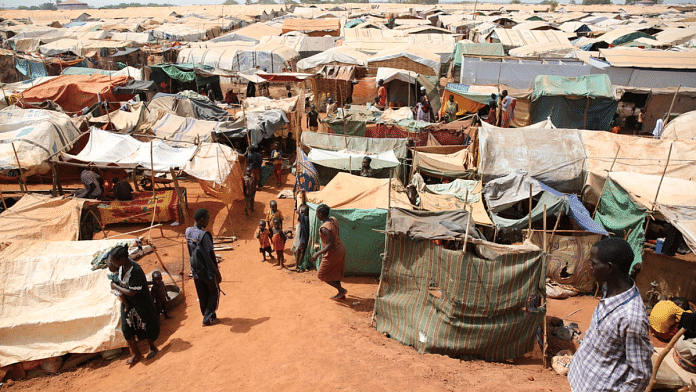Human displacement remains one of the most pressing global challenges of the 21st century, growing in scale year on year. In 2000, about 35 million people were estimated to be displaced across borders or within their own countries; by 2024, this had more than tripled to reach almost 117 million.
What you might not realize is that most people are not displaced to other countries but are displaced within their own countries. In 2023, internally displaced persons (IDPs) reached almost 76 million – far outstripping refugees globally. This figure has almost quadrupled in the last 25 years – again outpacing the global growth in refugees.
IDPs are often the forgotten victims of crises – people forced to flee but who haven’t crossed a border. They rarely make the news, yet their plight is every bit as serious as those who reach other countries.
Internally displaced persons are often amongst the most vulnerable groups of people in the world, which is why the United Nations Secretary-General established the Action Agenda on Internal Displacement, which is entering a new phase following the two-year mandate of the Office of the Special Adviser on Solutions to Internal Displacement.
Lack of understanding over internal displacement
While in-roads have been made on tackling internal displacement, a lack of understanding along with its much-reduced visibility can hamper solutions and render much-needed development programming and humanitarian assistance substantially lower than it should be.
Part of the issue relates to a lack of understanding at the global level of the strategic nature of internal displacement and what it may mean for all countries and regions in the future.
When we take a close look at global internal displacement patterns, for example, we can discern some key challenges when it comes to implementing solutions. Year on year, the number of internal displacements (or movements) due to disasters such as wildfires, floods, monsoons and so on far outstrip those displacements caused by conflict and violence.

We also know that disaster internal displacements are far more geographically disbursed, affecting many more countries and communities than internal displacement due to conflict and violence.
And yet, every year annual internally displaced person estimates always show that there are far more conflict IDPs than disaster IDPs. In 2023, conflict IDPs accounted for most of the global IDP population at almost 90% (or 68.3 million), compared to 6.6 million disaster IDPs.
The main reason for this is the protracted nature of conflict displacement, which tends to endure because conflict often wreaks havoc on governance systems, societal cohesion, economies, infrastructure and other basic necessities for peaceful coexistence. Internal disaster displacement, on the other hand, often involves the return of people after the disaster has subsided, and infrastructure such as housing can be repaired or rebuilt.
One of the key questions in the minds of analysts and policy-makers alike is: when will we hit the tipping point on internal disaster displacement?
As the frequency and severity of disasters increases, there is a point at which disaster displacement will become protracted and IDP populations will swell as repeated severe disasters overwhelm communities and countries.
The 2023 floods in Pakistan highlighted this in stark terms, with more than 20 million needing urgent humanitarian assistance during and immediately after the flood, and more than 1.5 million remaining displaced more than a year after the floods subsided.
Climate action as well as peacebuilding will be critical to reducing the risk of protracted internal displacement due to disaster and avoiding this potentially catastrophic tipping point. We also know from existing research that IDPs are also more susceptible to cross-border displacement, particularly if they are subject to protracted internal displacement.
Realizing solutions for IDPs so they are no longer displaced, as well as actively supporting preventative strategies for countries and communities at risk of internal displacement have been key features of the Action Agenda on Internal Displacement.
Much has been achieved, with more than 11 million IDPs now on solutions pathways. That said, the challenges loom large in an international environment that is facing strong geopolitical and economic headwinds.
The World Economic Forum’s new Global Cooperation Barometer 2025 insight report, for example, shows that cooperation on peace has dropped significantly over the last few years, contributing to elevated risk of more human displacement this year.

Action needed for internally displaced persons
The UN system in partnership with countries affected, donors and private sector organizations needs to get ahead of the game, facilitating solutions for IDPs while working to prevent displacement wherever possible.
The new inter-agency Hub for Coordination of Solutions to Internal Displacement, led by champion agencies – the International Organization for Migration, United Nations (UN) Development Programme and the UN Refugee Agency, or UNHCR – will be critical in supporting UN country teams, UN resident coordinators, member states and IDP communities as they work to end displacement for millions of people globally through local planning, financing and empowerment.
Part of this will be raising the profile of internal displacement and IDPs, while building on the political foundations for action carefully laid down by the special adviser over his two-year term. Addressing the invisibility of internal displacement also requires sustainable finance beyond humanitarian funding to elevate the issue through development agendas.
Without effective, coordinated action to help internally displaced persons realize lives beyond displacement, there is a risk of reverting to humanitarian dependence, ultimately leaving millions of IDPs in displacement without clear pathways out, and ultimately elevating the risk of greater cross-border displacement.
The views expressed in this article are those of the author alone and do not necessarily reflect those of IOM or any other organizations with which the author is affiliated.
Marie McAuliffe is the Head of Migration Research at International Organization for Migration
This article is republished from the World Economic Forum under a Creative Commons license. Read the original article.






